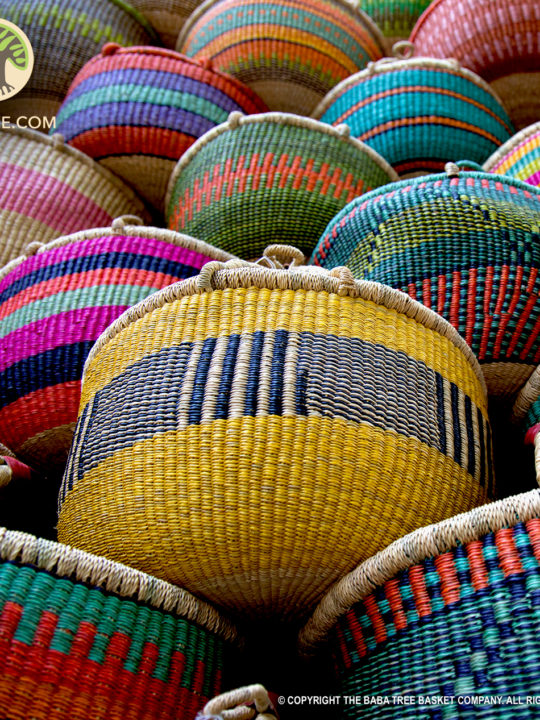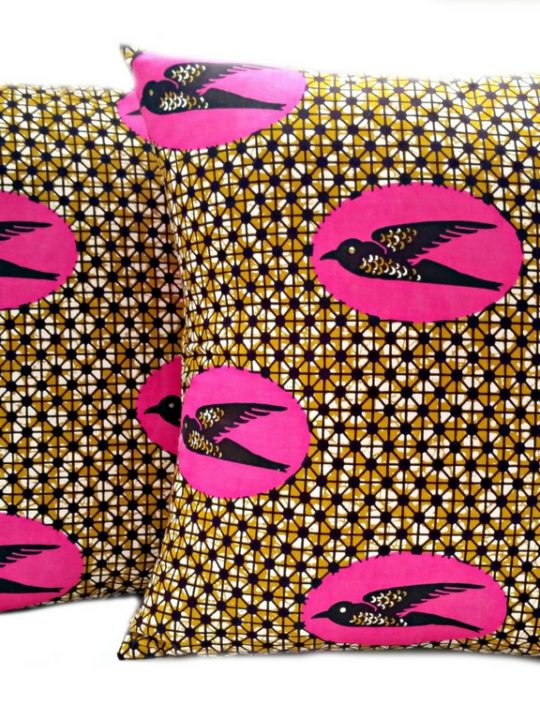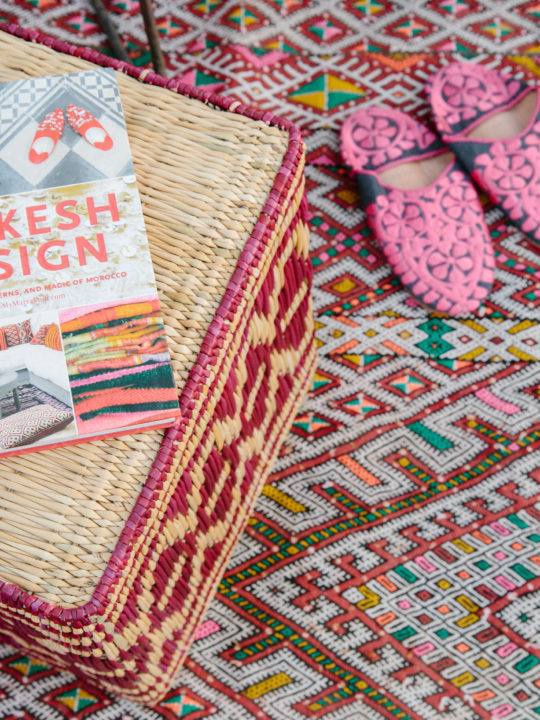On now until August 22, Accra is hosting an innovative all female art exhibition titled Dispersed bringing 3 artists from the Black British Female Artist (BBFA) Collective based out of the UK together with 3 local Ghanaian artists. The exhibit features a collaborative artwork made specifically for the Chalewote Street Art Festival using the festival theme Wata Mata, a playful derivative of “water matter” in the local accent. With this mandate, the 6 artists will come together to explore the physical, spiritual and metaphysical meaning of water, and its relation and symbolism to the dispersed Diaspora.
Way before any of this, emerging artist and curator Enam Gbewonyo cold called me by email to tell me about her work. She spoke about how her experiences being raised in the UK by Ewe parents from Ghana framed many of the themes explored by her art practice, be it the feminine ideal and marginalisation of black women in her Sugar and Spice collection, or the displacement she feels as a British African in her collaborative series Frida and Me. I was understandably exhilarated. Enam is the founder of the BBFA Collective organising the Dispersed exhibition. For this edition of the Designed to Succeed interview series, she shares the struggles and joys of artrepreneurship from the diaspora perspective.
Lesson 1: Not all creative industries are created equal
EG: “One of the lessons I took away from my fashion career in New York was to be true to myself. I realised that fashion was an industry that did not suit who I was or wanted to be as a person. There were elements of the industry I found to be extremely shallow, self-absorbed and at times immoral. I also found that it actually stifled rather than fuelled my creativity. I needed to do something that was more fulfilling. I took stock of everything and eventually realised that what made me happy had always been creating my own artwork.”
Lesson 2: Question the norms of your generation
EG: “Contemporary African Art is in the spotlight which is great as it creates much needed opportunity and investment for Africa-based artists. The issue is that much of the work still adheres to the tribal or primitive aesthetic set by the West. That has somehow become a blanket for what all black art should look like. I cannot help but think that this is just the latest fad, and if so, what happens when interest from the West wanes? How will the contemporary African art market sustain itself? And what of black artists of the Diaspora? Diaspora work does not necessarily reflect this aesthetic and therefore is not deemed attractive to the Western art market. This means we struggle to find platforms to show our work, struggle to attract audiences and struggle to sell. There really needs to be a space in the art world for different narratives but, for that to happen, the demand for various types of black artwork needs to exist or be created.”
Lesson 3: Create your own platform to fill the voids
EG: “The BBFA Collective was founded primarily to provide platforms for a demographic of artists who are, for the most part, invisible to the art world. Our aim is to build a lasting initiative that can help emerging black British female artists navigate the art world and build successful careers. We are also striving to reach a point where we can be viewed simply as artists, as opposed to black artists or women artists or some other cross-section. We also hope to change the perception within our community that art is exclusive, institutionalised or simply ‘not for us’. Art should be inclusive, a space that the black community and all communities can inhabit comfortably and invest in.”
Lesson 4: Recognize the importance of where and how your work is presented
EG: “Having done my share of exhibitions and most recently with the Dispersed exhibition, I would say it is important to do your due diligence and research the right spaces as much as possible. Network, visit galleries and art spaces, meet with gallerists, the artists they represent and visit art fairs. Whether you’re looking for representation, an interesting space for an exhibition or avenues to sell, visiting is really the only way to get a sense of whether the space is right for you and your work. I would also say to think outside the box. You do not always need the ‘white cube’ exhibition space. Often the most interesting exhibitions I’ve attended are the ones in unconventional spaces – parking garages, old warehouses etc. Once you’ve found a space, it’s important to work with it to display your work. With the Frida and Me collaborative installations I did with textile artist Onomé Otite, each edition was dictated by the space it inhabited. The first one was housed at the Bargehouse OXO Tower for the African and African Caribbean Design Diaspora (AACDD) Festival. We played up the exposed brick walls and concrete floors to contrast our installation. With the second edition at the Artist Project Toronto Fair we totally transformed our 10 x 10 ft exhibition wall and worked out into the floor space to create a really immersive installation that came alive with plants!”
Lesson 5: Have a financial and emotional support system
EG: “The reality is my creative ambitions do not pay all the bills (yet) as is the case for many artists. Until very recently, I supplemented my art career with a full time job. While juggling the two was very draining, my passion for the arts and the joy of creating work continued to fuel me. However earlier this year, I made the brave decision to leave the corporate world in order to focus more time on the Collective and my art career. While this has and will be challenging both financially and emotionally, I don’t regret the decision at all. I have incredible drive, determination and self-belief and have made huge progress in a few short months. Having a support network has also been invaluable. Do not underestimate the strength you get from family, friends and fellow artists. I am very lucky to have my BBFA Collective sisters. They have become an amazing creative support system that keeps me motivated not only in pushing ahead with our collective’s goals but with my art practice. Their advice and insight has really informed my work. Being an artist is by no means easy, it takes MONEY, determination, buckets of self-belief and a strong support network.”
Going forward, Enam is continuing to build the profile of the BBFA Collective. The Collective will launch their first themed group show next year, which will, then tour the UK. They are also working on further artist exchange programs across Africa and the Caribbean. Ultimately, Enam is forging a fearless path in the arts and is intent on affecting real change for black women artists around the world.”
Get more information on the Dispersed exhibit here.
















2 comments